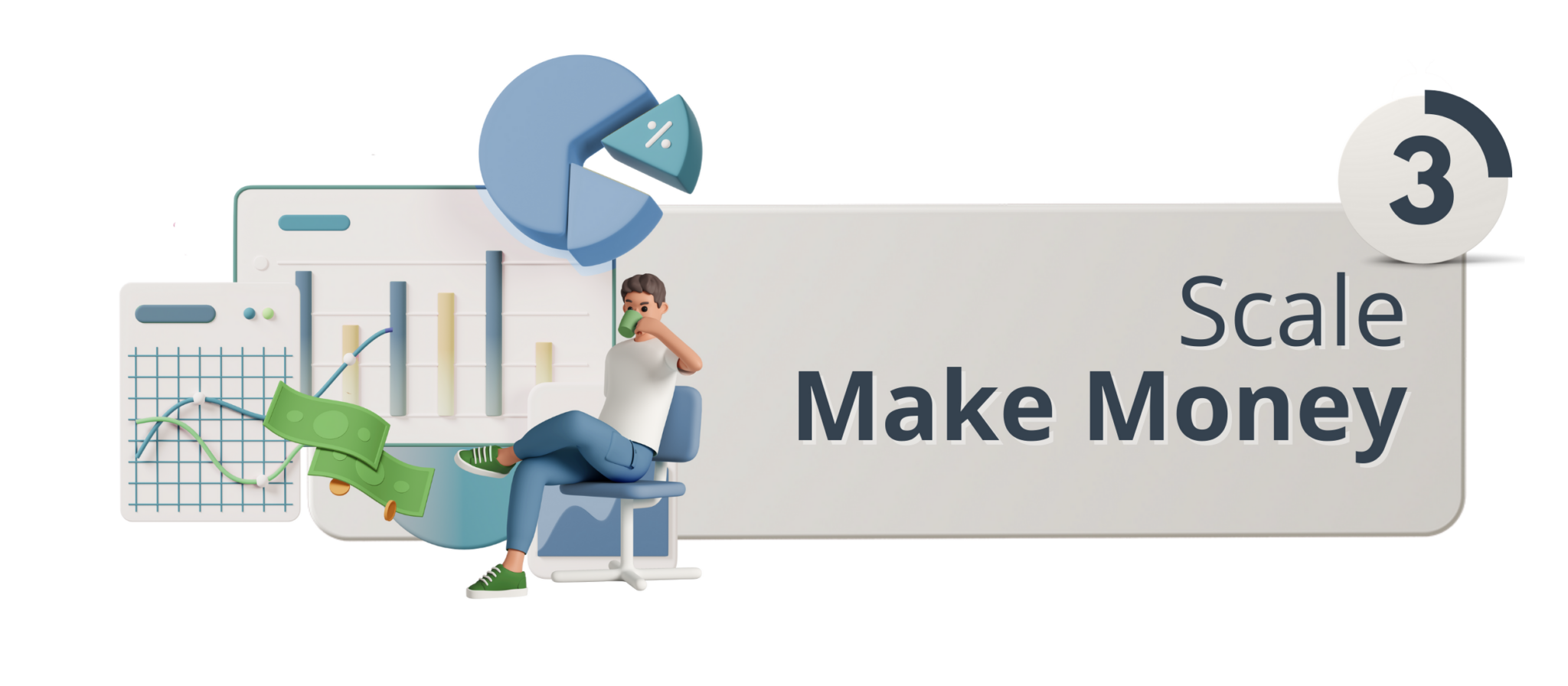Single Member LLCs (SMLLCs) are one of our areas of expertise. We understand your company’s pain points. It is our goal to eliminate challenges and help your business file accurate tax returns.
Whether it’s a quick consultation or a longer-term project, we can assist you with:
- Identifying your tax strategy and alternative investment strategies
- Tax filing and compliance (including international and multi-state filing)
- Implementing stock options and equity compensation plans
- IRS audit management and representation


















